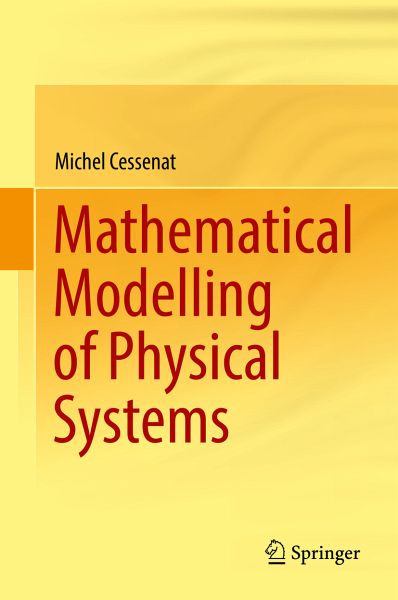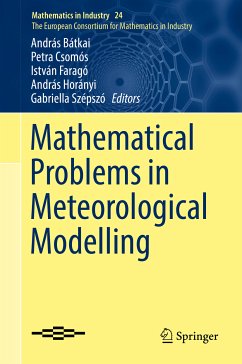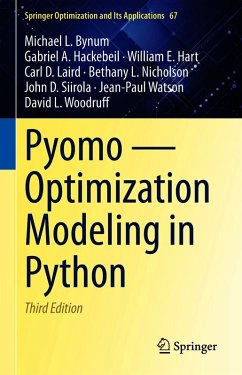
Mathematical Modelling of Physical Systems (eBook, PDF)
Versandkostenfrei!
Sofort per Download lieferbar
96,95 €
inkl. MwSt.
Weitere Ausgaben:

PAYBACK Punkte
48 °P sammeln!
Comprehensive and thorough, this monograph emphasizes the main role differential geometry and convex analysis play in the understanding of physical, chemical, and mechanical notions. Central focus is placed on specifying the agreement between the functional framework and its physical necessity and on making clear the intrinsic character of physical elements, independent from specific charts or frames. The book is divided into four sections, covering thermostructure, classical mechanics, fluid mechanics modelling, and behavior laws. An extensive appendix provides notations and definitions as we...
Comprehensive and thorough, this monograph emphasizes the main role differential geometry and convex analysis play in the understanding of physical, chemical, and mechanical notions. Central focus is placed on specifying the agreement between the functional framework and its physical necessity and on making clear the intrinsic character of physical elements, independent from specific charts or frames. The book is divided into four sections, covering thermostructure, classical mechanics, fluid mechanics modelling, and behavior laws. An extensive appendix provides notations and definitions as well as brief explanation of integral manifolds, symplectic structure, and contact structure. Plenty of examples are provided throughout the book, and reviews of basic principles in differential geometry and convex analysis are presented as needed. This book is a useful resource for graduate students and researchers in the field.
Dieser Download kann aus rechtlichen Gründen nur mit Rechnungsadresse in A, B, BG, CY, CZ, D, DK, EW, E, FIN, F, GR, HR, H, IRL, I, LT, L, LR, M, NL, PL, P, R, S, SLO, SK ausgeliefert werden.












